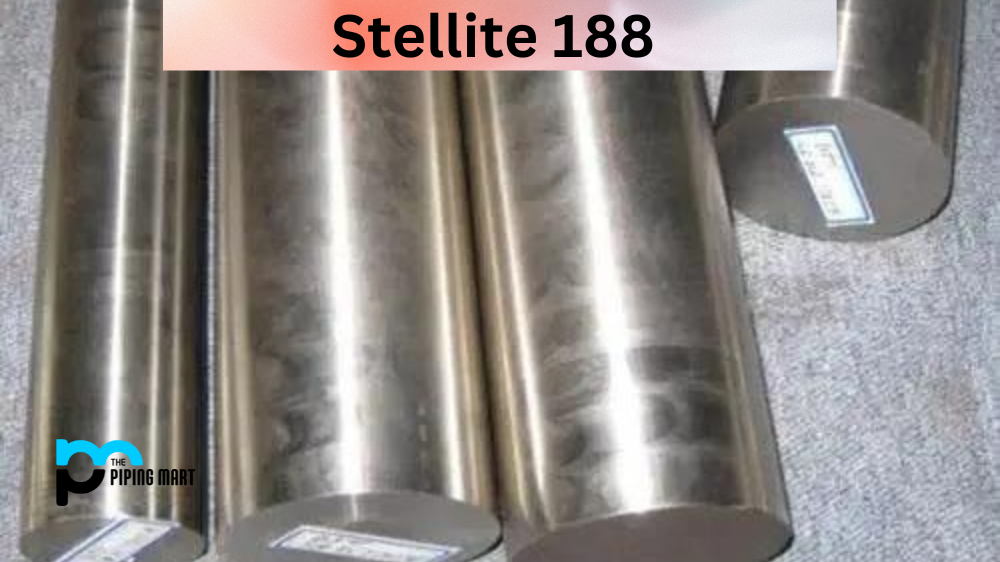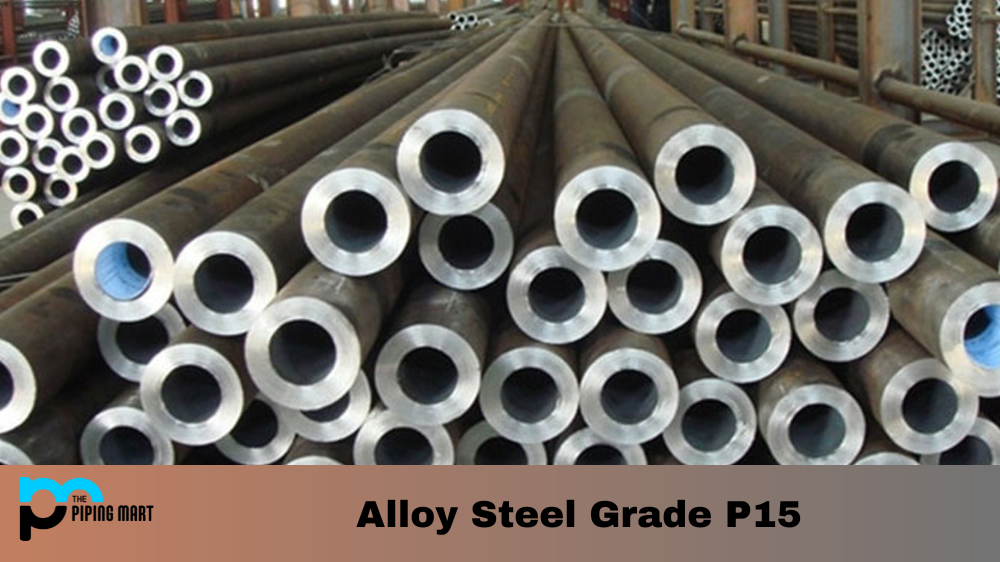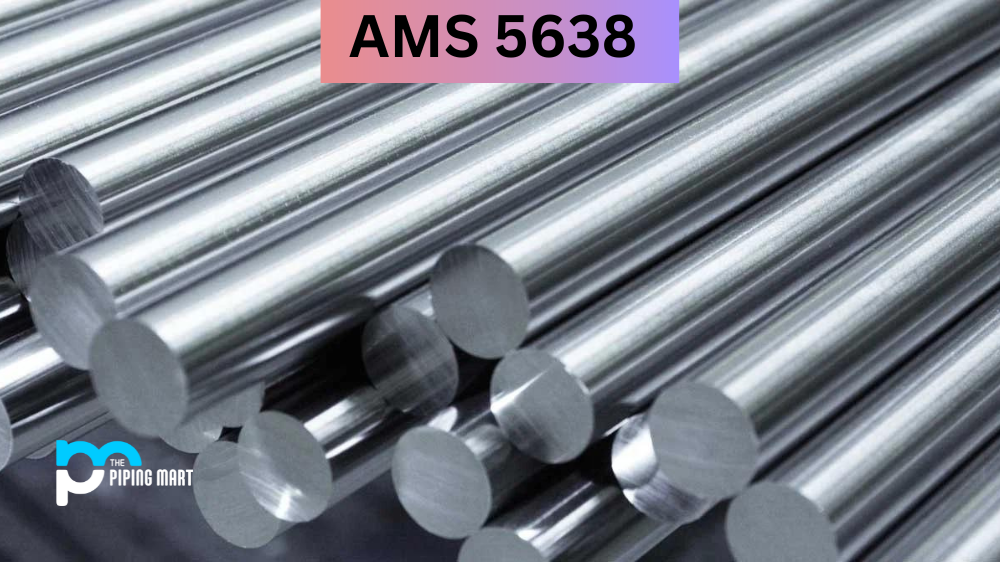Stellite 188 is a widely known cobalt-chromium alloy that has been in use for over a century due to its remarkable properties and applications in various industrial fields. This alloy contains a high percentage of cobalt, chromium, and smaller quantities of tungsten, nickel, and carbon, resulting in excellent strength, hardness, and wear resistance. In this blog post, we’ll take a closer look at the composition, physical and mechanical properties of Stellite 188, its uses, and how it can be heat-treated, welded, and protected against corrosion.
Stellite 188 Composition
Stellite 188 is an alloy of many elements, with cobalt and chromium being its primary ones. Cobalt accounts for more than 50% of the alloy, with 30% of chromium, 13% of tungsten, 3% of nickel, and 1% carbon making up the rest of the composition. These elements combine to create a unique blend of properties that make Stellite 188 highly resistant to wear and corrosion-prone environments.
| Element | Amount |
|---|---|
| Cobalt (Co) | 37% |
| Nickel (Ni) | 22% |
| Chromium (Cr) | 22% |
| Tungsten (W) | 14% |
| Iron (Fe) | 3% |
| Carbon (C) | 0.1% |
Stellite 188 Physical Properties
Stellite 188 has an excellent combination of high strength, hardness, and heat resistance, making it ideal for heavy-duty machining, drilling, and cutting applications. With a density of 8.5 g/cm³, a melting point of 1290°C, and a thermal expansion coefficient of 13.5 µm/m°C, Stellite 188 performs well in high-temperature conditions. Additionally, the alloy has excellent electrical conductivity, thermal conductivity, and magnetic permeability, making it useful in various electrical and magnetic applications.
Stellite 188 Mechanical Properties
Stellite 188 has superior mechanical properties, especially its high strength, toughness, and wear resistance. With a Rockwell hardness range of 38-44, HRC and tensile strength of approximately 1100 Mpa, Stellite 188 can withstand extreme pressures, impacts, and vibrations. Combined with its abrasion resistance properties, it is a go-to metal for parts subjected to constant wear and tear, such as valves, pumps, and bearings.
Stellite 188 Uses
Stellite 188 is a versatile alloy with various applications in various industries, including aerospace, oil and gas, power generation, and chemical processing. In the aerospace industry, it’s used for manufacturing turbine components, fuel nozzles, and engine valves due to its durability, wear resistance, and high melting point. It’s used in the oil and gas industry for drilling tools, sucker rod couplings, and drilling stabilizers due to its excellent lubricity and chemical resistance. Stellite 188 is commonly used in the power generation industry to manufacture gas turbine blades and combustion liners that perform well even in high-temperature conditions.
Stellite 188 Heat Treatment and Welding
Stellite 188 can be heat-treated like other cobalt-based alloys, with annealing and stress-relieving being the two most common methods. The primary purpose of heat treatment is to improve the alloy’s mechanical properties by reducing residual stresses and enhancing its elasticity. Similarly, welding Stellite 188 requires specialized equipment and expertise to ensure the weld joints are robust and malleable. Tungsten inert gas (TIG) welding is the most common method used to weld Stellite 188, although other processes, such as plasma welding and laser beam welding, have been used successfully.
Stellite 188 Corrosion Resistance
Stellite 188 has high corrosion resistance, particularly in alkaline or acidic environments. This property is ideal for parts exposed to harsh operating conditions, such as pumps, valves, and rotors. In addition to its resistance to chemical corrosion, Stellite 188 has good mechanical corrosion and wear resistance. However, in highly corrosive or oxidative environments, Stellite 188 can form surface corrosion, which can be prevented by proper maintenance and protective coatings.
Conclusion:
Stellite 188 is a robust, multi-purpose, and versatile alloy with many applications across various industrial fields. Its unique properties, including high strength, hardness, wear resistance, and corrosion resistance, make it ideal for use in harsh environments where other materials would fail. Heat treatment and welding require specialized knowledge but can improve the alloy’s properties and prolong parts’ lifespan. Stellite 188 parts can withstand the toughest operating conditions and last longer than most conventional materials by taking proper precautions and maintenance.





